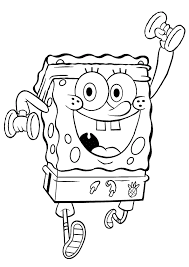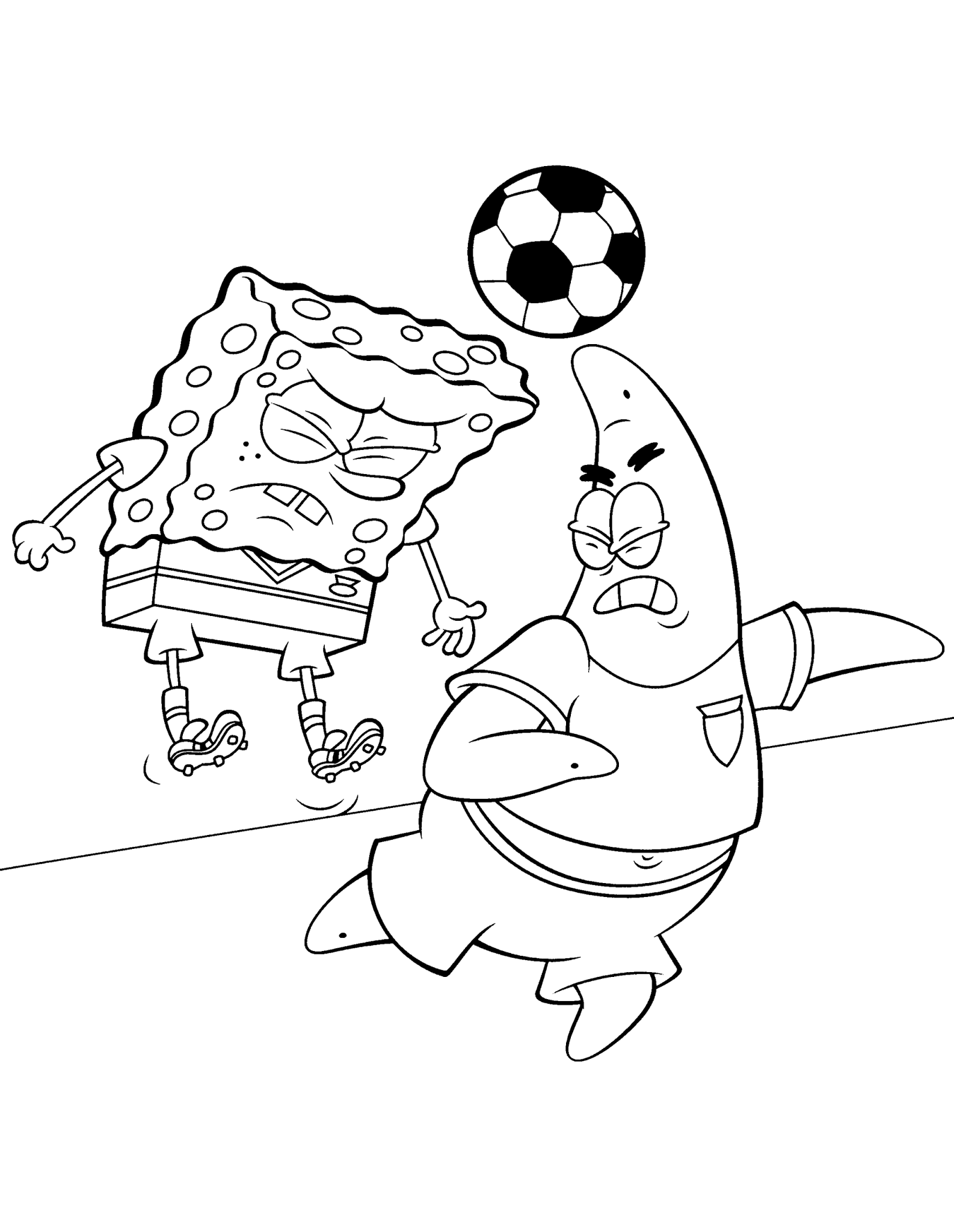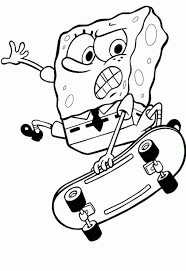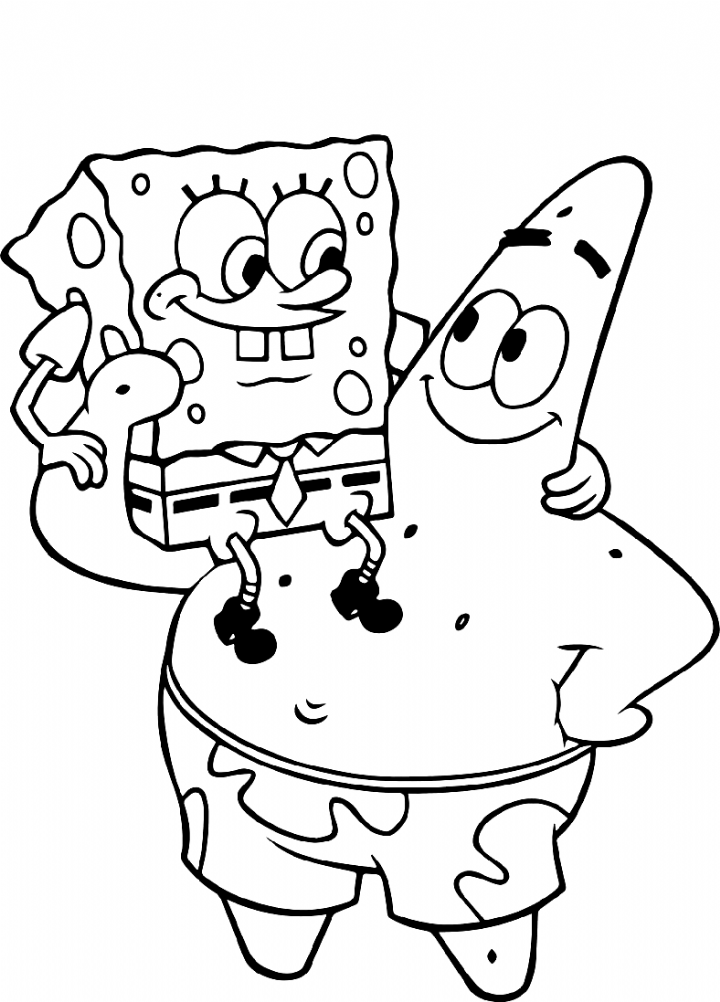Who is SpongeBob
Stephen Hillenburg, an announcer, marine scientist, and animator, developed the animated television series SpongeBob SquarePants. The series follows the exploits of SpongeBob SquarePants and his friends in a fictional underwater city called "Group Bottom" in the Pacific Ocean. The success of this series made it a sought-after franchise in the media, as well as the highest-rated show on the Nickelodeon channel and one of the most animated on the Pink towns channel. On MTV networks, it's also the most widely distributed item. Nickelodeon made $8 billion in promotional income from this media empire.
Hillenburg got the concept for SpongeBob in 1984 while researching marine biology at the Ocean Institute in Dana Point, California, when he authored the tidal zone screenplay in which he personified various marine life forms, including the SpongeBob. Hillenburg left the institution in 1987 to work as a broadcaster before returning to the California Institute of the Arts in 1992.
Hillenburg got the concept for SpongeBob in 1984 while researching marine biology at the Ocean Institute in Dana Point, California, when he authored the tidal zone screenplay in which he personified various marine life forms, including the SpongeBob. Hillenburg left the institution in 1987 to work as a broadcaster before returning to the California Institute of the Arts in 1992.













Comments
Post a Comment